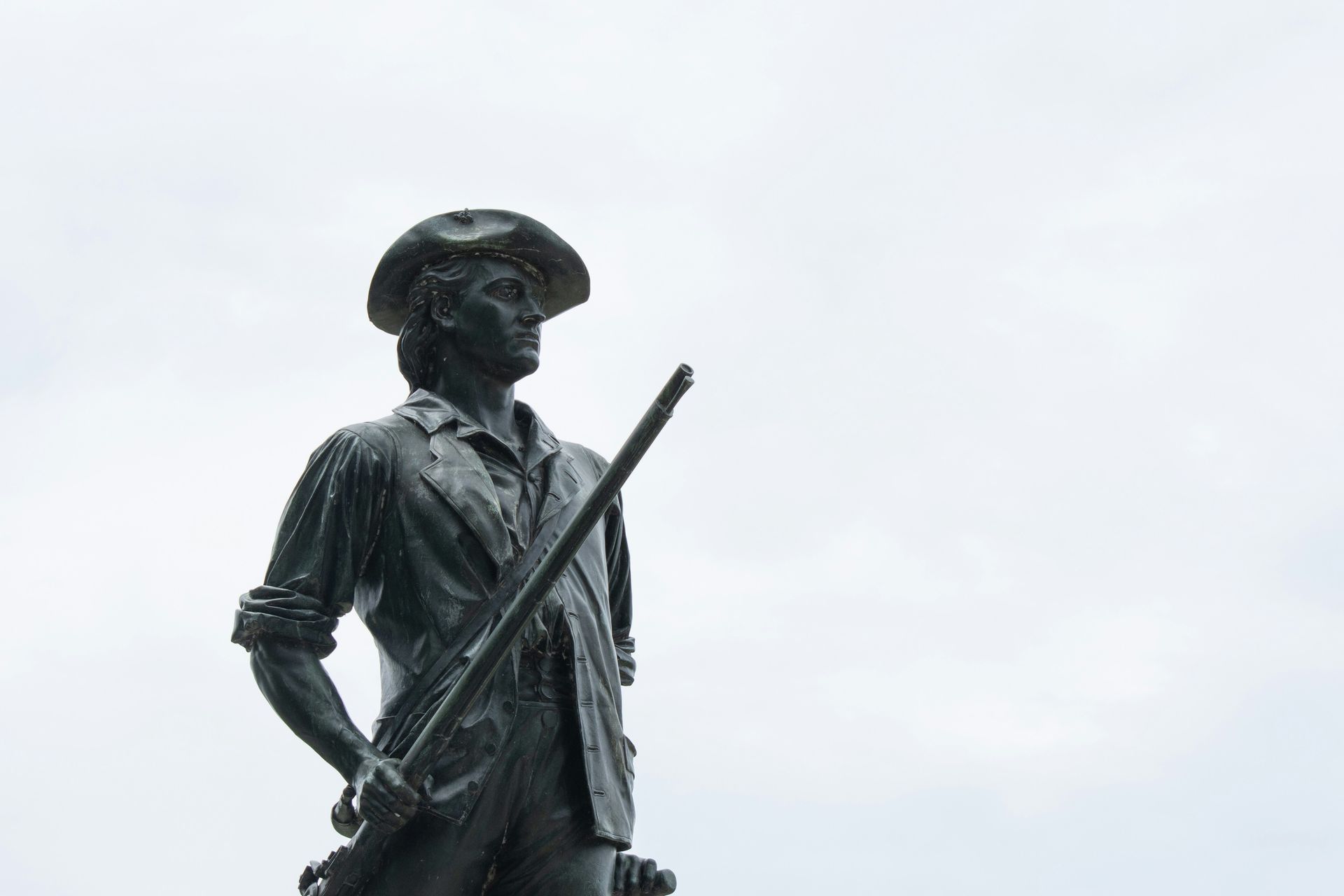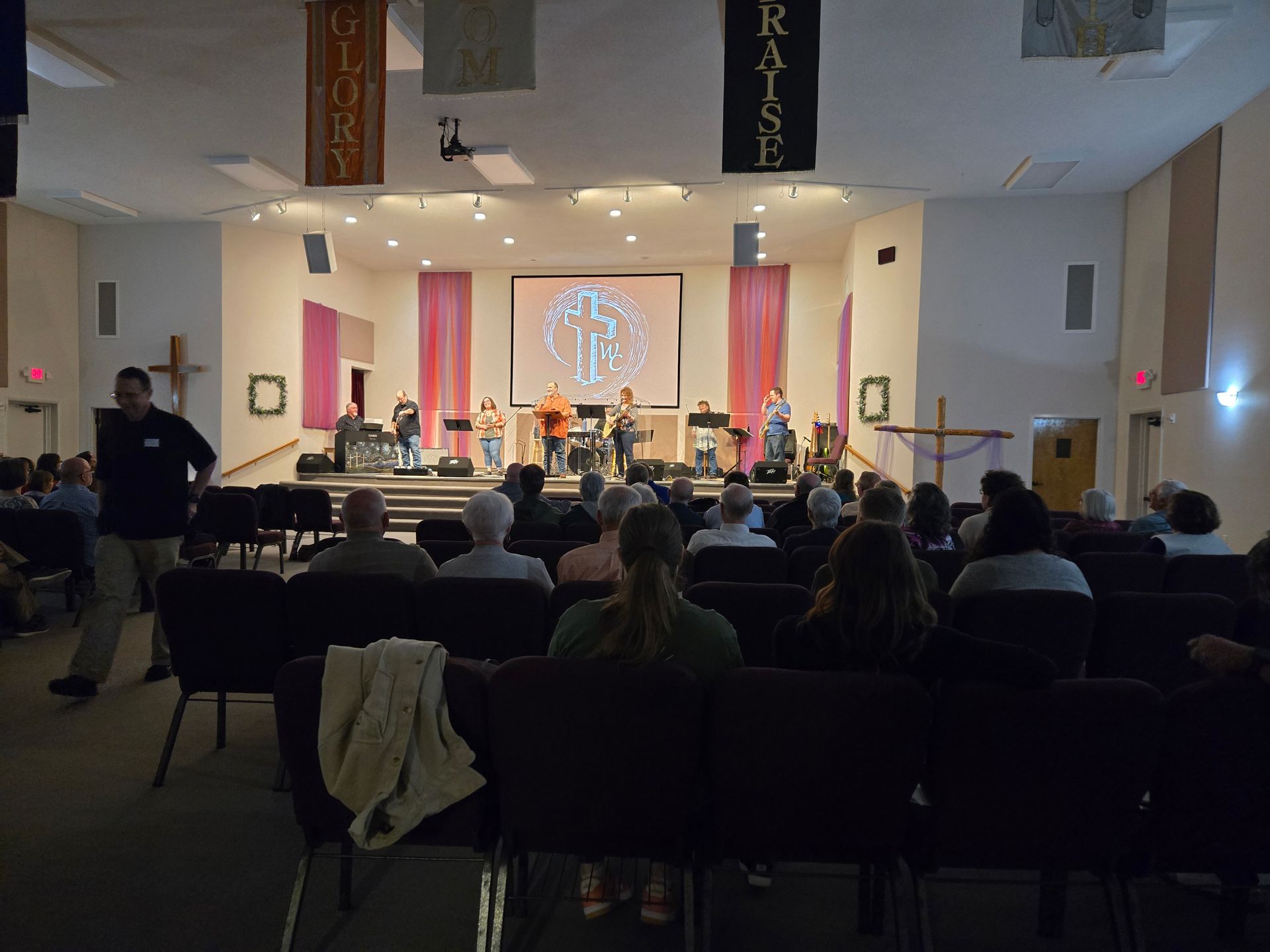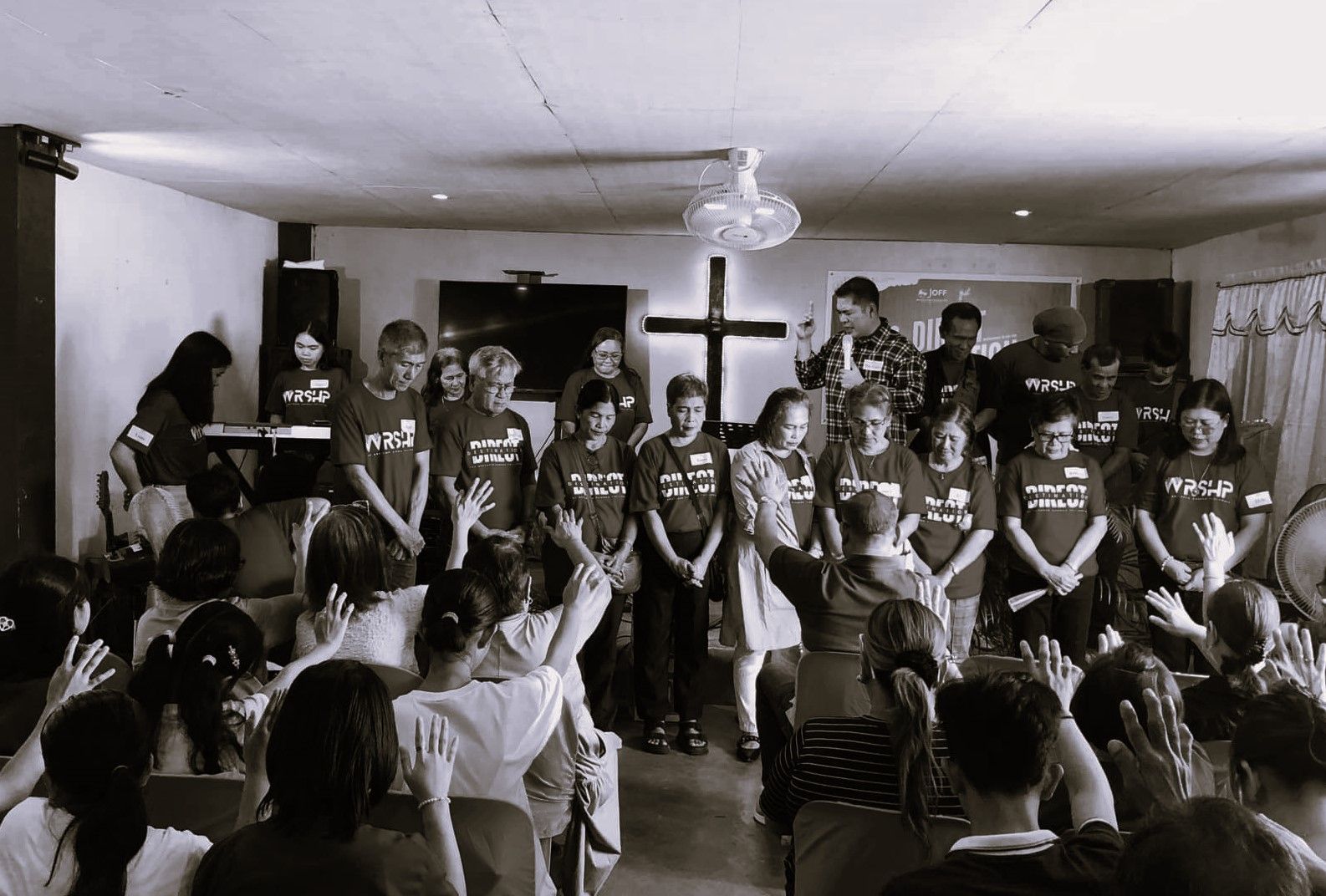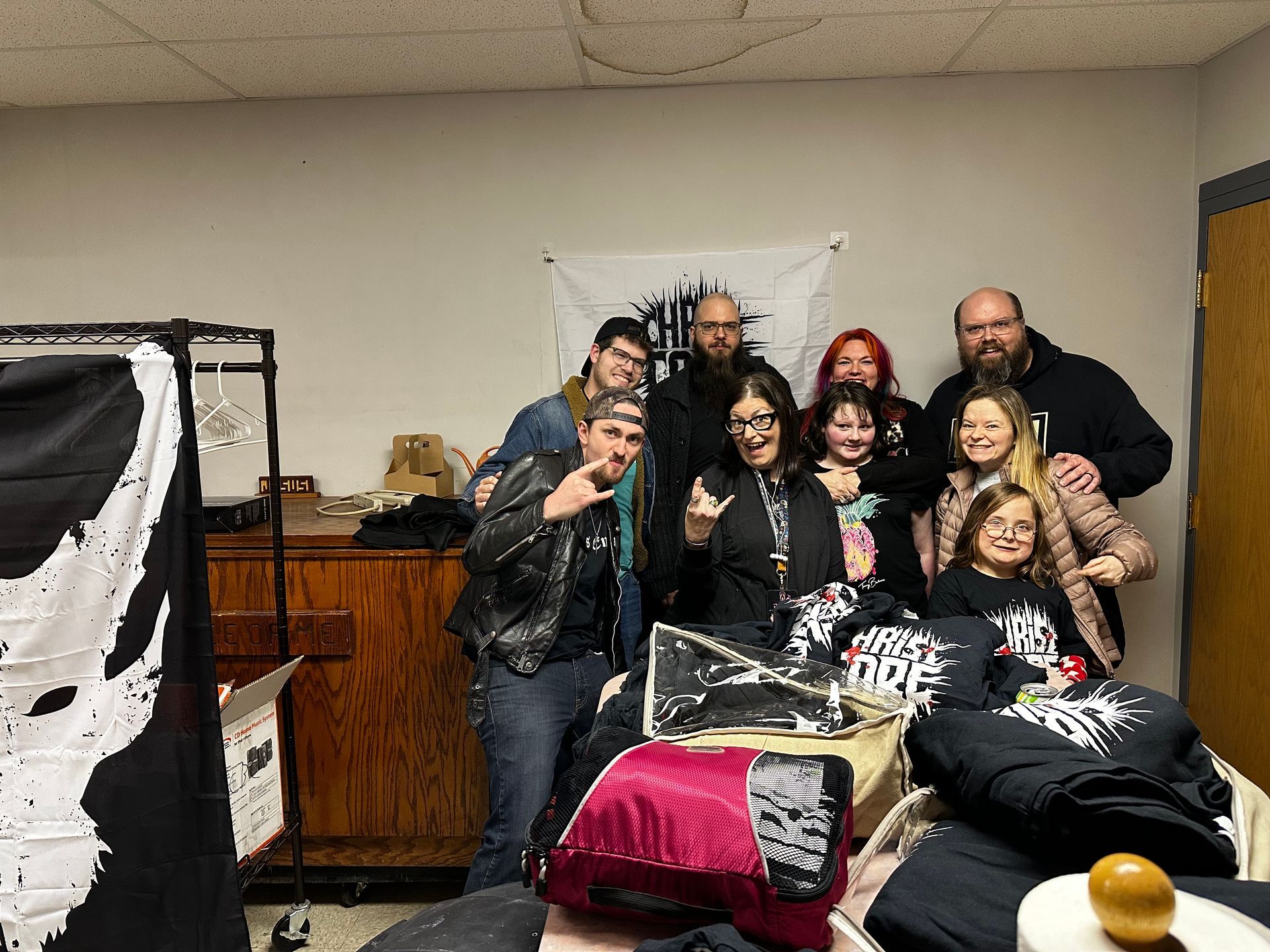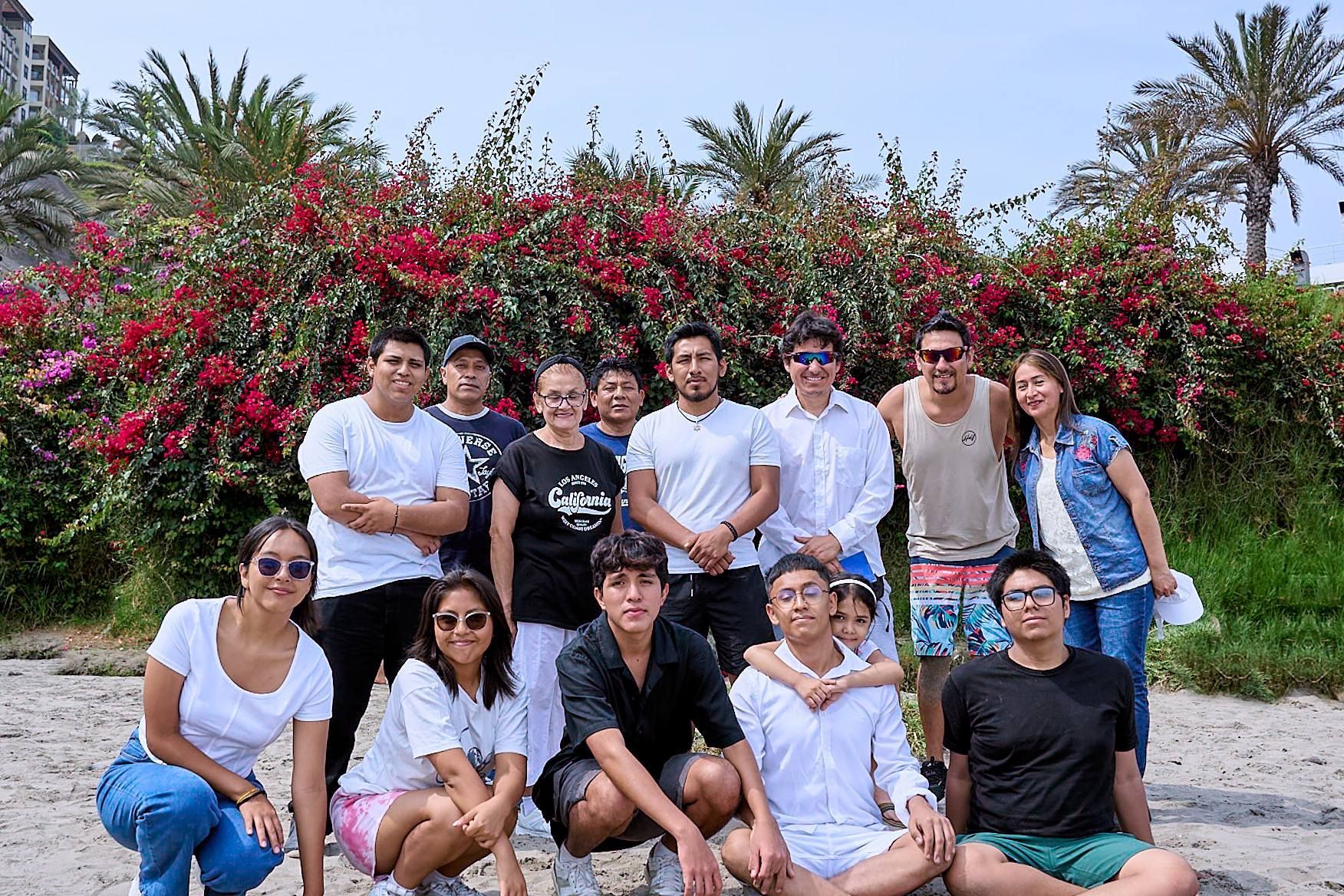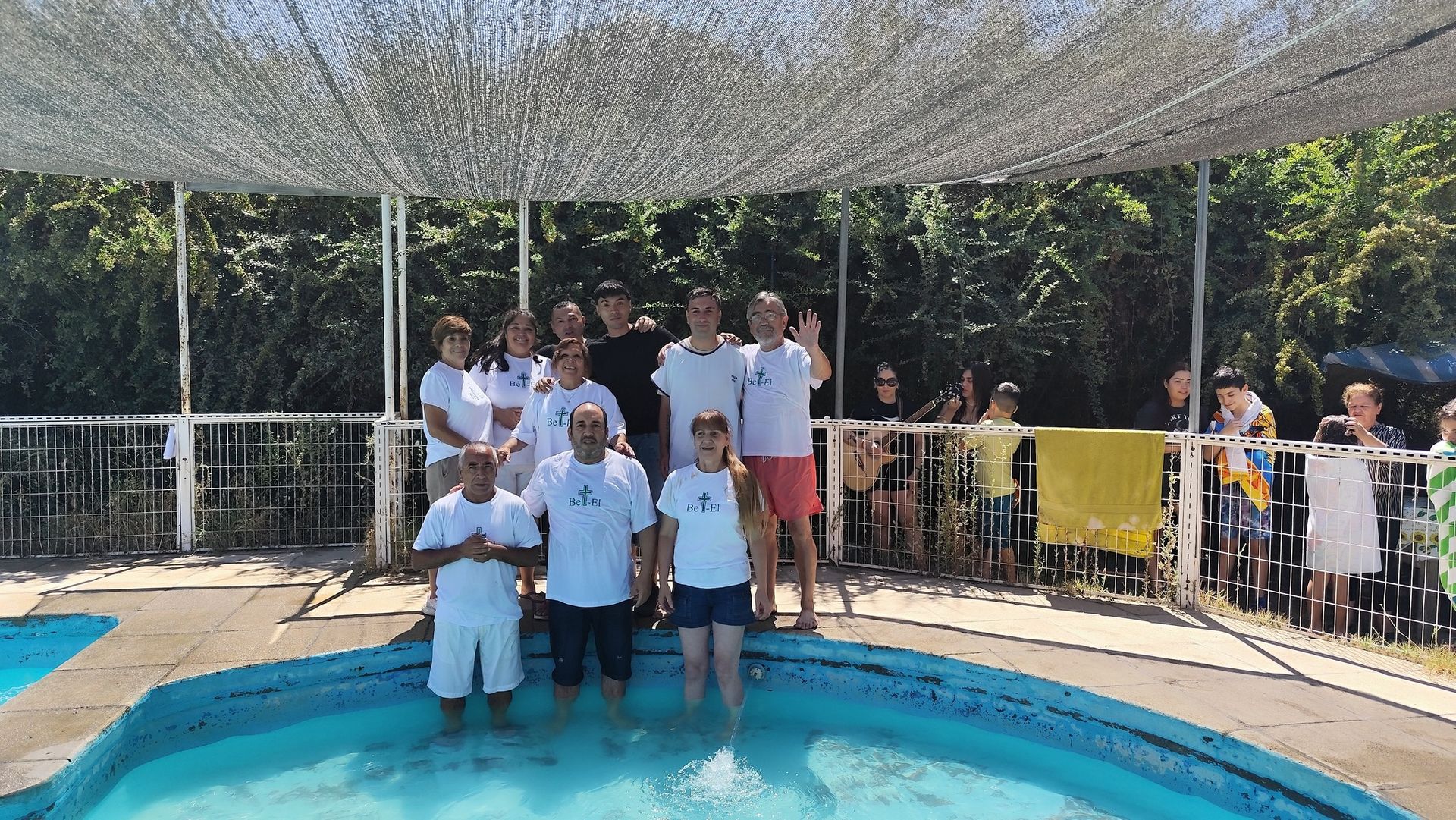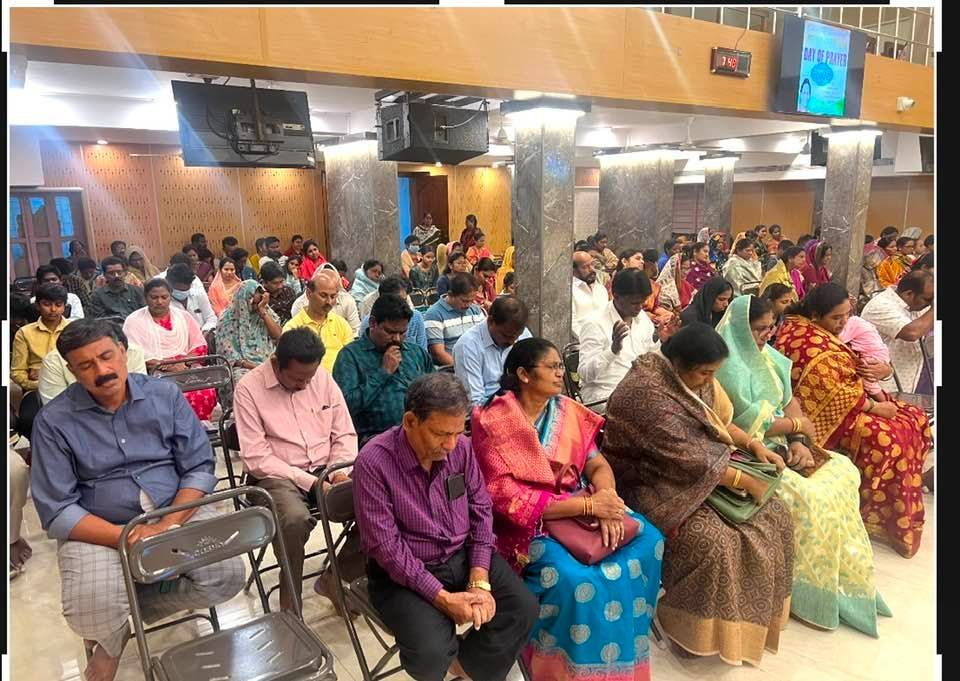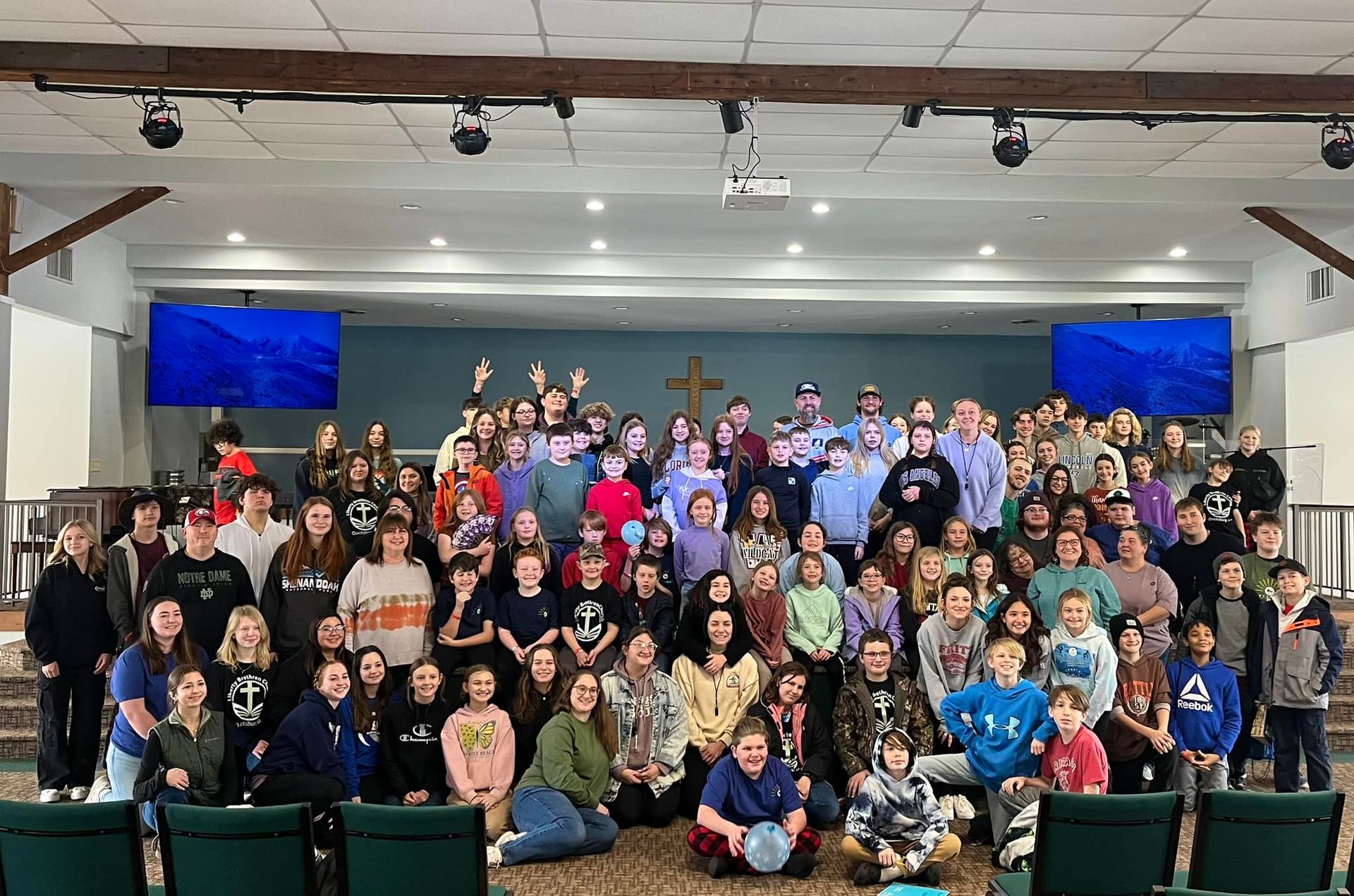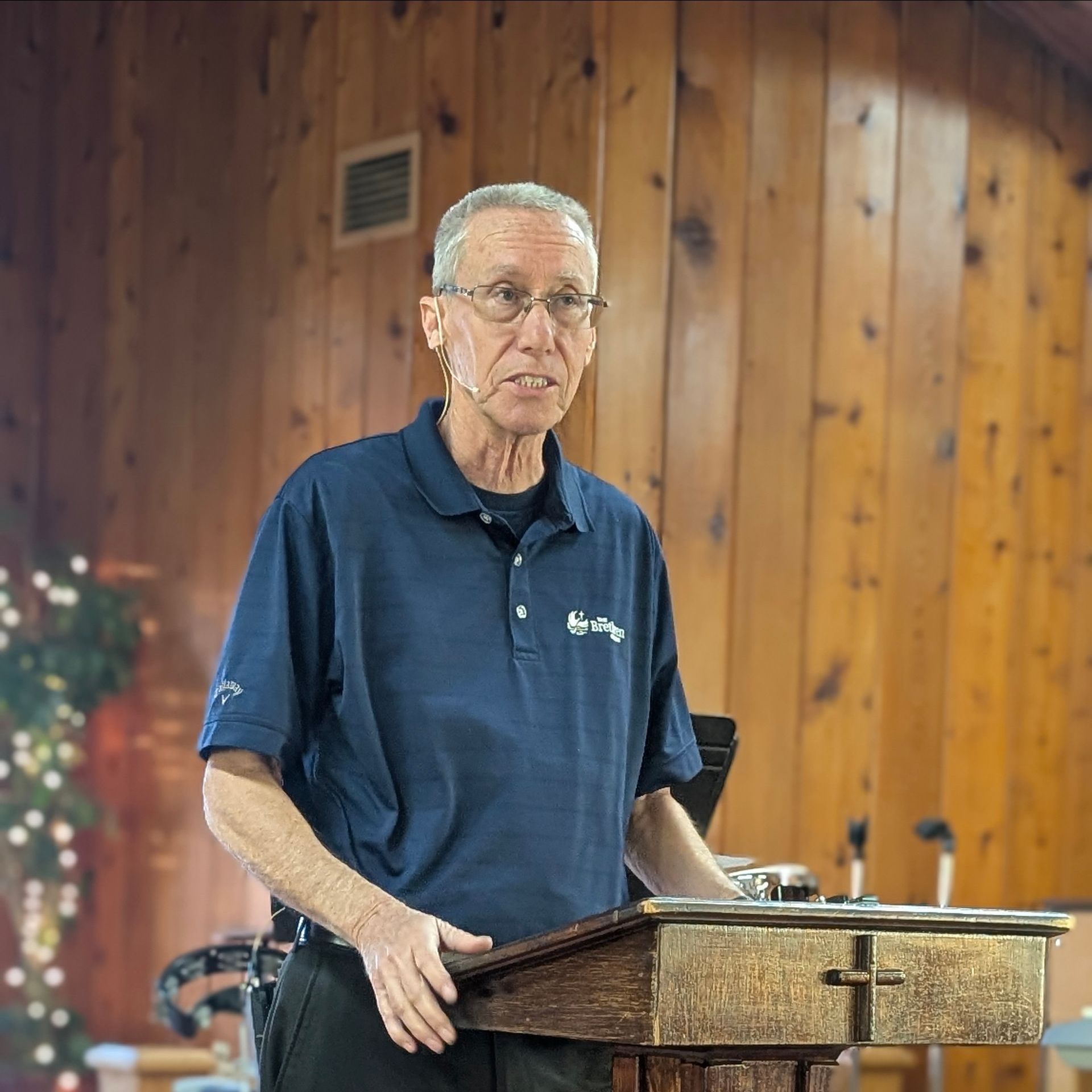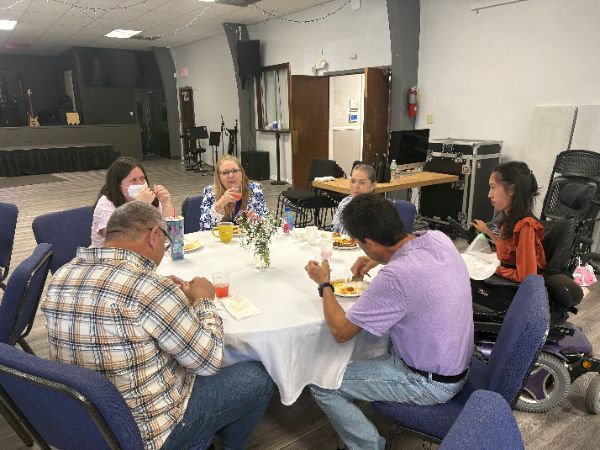Mosaic Discipleship
I was praying for fresh insight as our group trip to Israel approached. The Doctor of Ministry cohort, Biblical Interpretation and Culture track, would be embarking on an archeological excursion focusing on the land, regions, and sites of Israel. We would be joined by a few wives (mine included) who were willing to put up with a group of Bible and history nerds for nearly two weeks. As my wife and I packed our bags before the flights, my prayers focused on a site, feature, or archeological facet that would speak to me and enrich my ministry context once returning home. I longed for that one thing defining my experience in the land of Israel. So, I prayed fervently.
Off to the Pittsburgh airport Amanda and I went. Everything proceeded smoothly; before long, we boarded our plane and departed for New York. The layover there was quick, with minimal issues. We hopped on our last flight destined for Tel Aviv, Israel, and I said one last prayer, “God, please provide that one thing.” The airplane lifted off the runway, and now everything was in God’s hands. The trip preparations were done. Pre-assigned work was completed. Absurd amounts of snacks were packed to prevent my wife from getting “hangry.” My only responsibility now was to show up, invest wherever God took us, and wait patiently for that new, fresh insight.
We landed at Ben Gurion airport and were greeted by our teacher, Dr. David deSilva. He escorted us to the van, where our adventure began! Over the next several days, our group planned to visit sites in Galilee, Samaria, the Judean wilderness, and conclude by immersing in Jerusalem. Site after site, we explored walls, city layouts, synagogues, artwork, and architecture, and brought stones and dirt to life by retelling the history that informed these digs and parks. The importance of context took on new meaning as each stone had a story to tell. But as the trip began to wind down, I realized God did provide that one insight or archeological feature that would speak to me and serve my ministry context; mosaic floors.
Mosaics are images, designs, and patterns crafted onto a flat surface with colorful stones, pebbles, shells, or other hard materials available. These stones measured anywhere between 0.5cm and 1.5cm, while finer details required stones as little as 1mm (Cartwright 2019). The artist would be commissioned to create a piece and began by laying a smooth layer of mortar to even the flooring surface. This was a crucial step and ensured the mosaic laid as smoothly as possible over time. Once the mortar was applied, the artist would likely outline his design onto the newly clean, flat surface. This helped to keep him on track and provided a natural stopping point where work could easily cease and resume without wasting additional time (The Ancient Home, 2017). Tesserae, or small pieces of stone, were then “positioned as close together as possible with any gaps then filled with liquid mortar in a process known as grouting. This made the surface waterproof and especially useful for humid places like Roman baths” (Cartwright, 2019).
Creating a mosaic was a time-consuming process that required skilled workmanship. Designs often necessitated stones be trimmed and cut to size with a hammer and chisel to form complex shapes that fit tightly together. It is estimated that “a skilled craftsman was able to lay about 200 stones per hour, and it might take several months to complete an entire floor” (Stone by Stone, 2023). The finished projects were statement pieces that displayed beauty, color, and life. They still amaze those fortunate enough to glance upon the ancient floorings today. [1]
Seemingly out of nowhere, mosaics of color would emerge at different locations we visited on our trip to Israel. Each caught my attention, and I couldn’t help but deeply appreciate the beauty and investment they represented. Here are a few of my favorites. 1) The first mosaic we discovered on the night of our arrival was in a Byzantine bathhouse in Tiberius (see Figure 2). Typical of that time period was the neatly braided design surrounding the outside of the flooring surface. 2) Magdala featured two prominent mosaics. The first is located in the recently discovered synagogue (see Figure 3), and the second is closer to the shore of Galilee within the closed walls of an active dig (see Figure 4). 3) Hippos revealed multiple mosaics, both exposed and partly covered (see Figure 5). I had fun brushing back some dirt to unearth the ancient floor. 4) Herod’s construction on the coastal side of Caesarea Maritima exposes beautiful geometric shapes and patterns (see Figure 6). 5) Masada’s Western Palace electrifies with vibrant colors on a site now otherwise brown, desolate, and without life (see Figure 7). 6) Jericho bathhouses from the Hasmonean and Herodian periods display the elegant configuration of multiple colors (see Figure 8). Visitors can walk right up to these. 7) Tabgha, famous for its fish and loaves mosaic, provided a different treat as local artisans restored flooring in the back (see figures 9, 10). Our group took the time to watch as they carefully trimmed and placed individual stones.
All of these locations had beautiful mosaics. However, there is one place that stood out among the rest; Sepphoris, or Zippori. Sepphoris is a city with rich history and mosaics unparalleled anywhere else in the Galilee region. The site has unearthed more than 60 distinct mosaics “dating from the third century A.D. to the sixth” (Hamblin & Peterson, 2016). Near the middle of the archeological park is a covered structure protecting several mosaic scenes depicting festivities in Egypt when the Nile reached its peak, including a lighthouse in Alexandria. But even these fantastic flooring designs pale compared to the 15 panels illustrating Dionysos, which were discovered in a dining room or triclinium (see Figures 11, 12, 13, 14). The scenes are estimated to have been constructed sometime between 200-300 A.D. by a wealthier family of importance or perhaps a city or district governor. There are 23 different colors used, comprised of both limestone and glass cubes, and they are formed in a U shape layout (Murphy-O’Connor, 472). The 15 panels would have been breathtaking for guests gathered around the stones. But one exceptional panel elevates the entire room; the “Mona Lisa of Galilee” (see Figure 15).
This female has been “perfectly preserved directly below where the host/hostess would have reclined” (Murphy-O’Connor, 473). It plays a trick on the guest as anywhere one moves, it appears her direct gaze never breaks. She is wearing a garland headpiece and is even seen to be adorning earrings. The stones used for her mosaic panel are smaller than others typically seen in synagogues and bathhouses. Care obviously went into making her features delicate, soft, and accurate. If you ever get the chance to visit Israel or study mosaics in detail, Sepphoris is worth the attention with its crowning jewel, the “Mona Lisa of Galilee.”
Of all the places visited in Israel with their countless archeological contributions to the biblical story, why did mosaics stand out? Why would God decide to make that the one thing He would reveal as the centerpiece of my trip to Israel? I’ve thought long and hard about this. My conclusion is that it teaches me (and my ministry) something about a life of growing discipleship. Our transformed lives as committed Jesus followers are like mosaics. They are being shaped, formed, planned, and put on display so that others can know the beauty of Christ. It’s not an easy or short process. It may require chipping certain parts of our lives away so the pieces fit together correctly or reshaping the hard places that don’t quite belong. But day by day, we partner with God as his followers to intricately lay stones that move us closer to the bigger picture taking shape. God’s mosaic is a living representation of his Kingdom and ways. Lay your stone!
Luke Dowdy
Berlin Brethren Church
REFERENCES
Cartwright, Mark. 2019. Mosaic. World History Encyclopedia. (September). https://www.worldhistory.org/Mosaic/ (accessed June 6, 2023).
Hamblin, William, and Peterson, Daniel. 2016. Sepphoris—‘The Ornament of Galilee.’ The Desert News. https://www.deseret.com/2016/4/29/20587533/sepphoris-the-ornament-of-the-galilee (accessed June 7, 2023).
Murphy-O’Connor, Jerome. 2008. The Holy Land; An Oxford Archeological Guide, 5th ed. New York and Oxford: Oxford University Press.
Stone by Stone. 2023. (Historical information from product handout)
The Ancient Home. 2017. How to Make a Roman Mosaic – Manufacture Techniques. https://theancienthome.com/blogs/blog-and-news/how-to-make-a-roman-mosaic (accessed June 7, 2023).
[1] I wanted to try my hand at mosaic laying to see what it was actually like to create the stone artwork. I purchased a few do-it-yourself mosaic kits from the site of Herordium to share with my children. For myself, I picked out the fish from a panel at Sepphoris. What I thought was a 30-minute project turned into an all-day marathon (figure 1).
